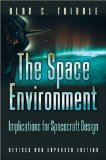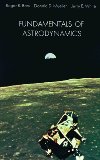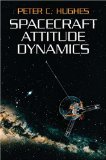Wikipedia dicit:
The Surface Water and Ocean Topography (SWOT) mission is a satellite altimeter jointly developed and operated by NASA and CNES, the French space agency, in partnership with the Canadian Space Agency (CSA) and UK Space Agency (UKSA). The objectives of the mission are to make the first global survey of the Earth’s surface water, to observe the fine details of the ocean surface topography, and to measure how terrestrial surface water bodies change over time.
While past satellite missions like the Jason series altimeters (TOPEX/Poseidon, Jason-1, Jason-2, Jason-3) have provided variation in river and lake water surface elevations at select locations, SWOT will provide the first truly global observations of changing water levels, stream slopes, and inundation extents in rivers, lakes, and floodplains. In the world’s oceans, SWOT will observe ocean circulation at unprecedented scales of 15â25 km (9.3â15.5 mi), approximately an order of magnitude finer than current satellites. Because it uses wide-swath altimetry technology, SWOT will almost completely observe the world’s oceans and freshwater bodies with repeated high-resolution elevation measurements, allowing observations of variations.
Credit: NASA/JPL-Caltech/CNES









 Subscribe to blog posts using RSS
Subscribe to blog posts using RSS










